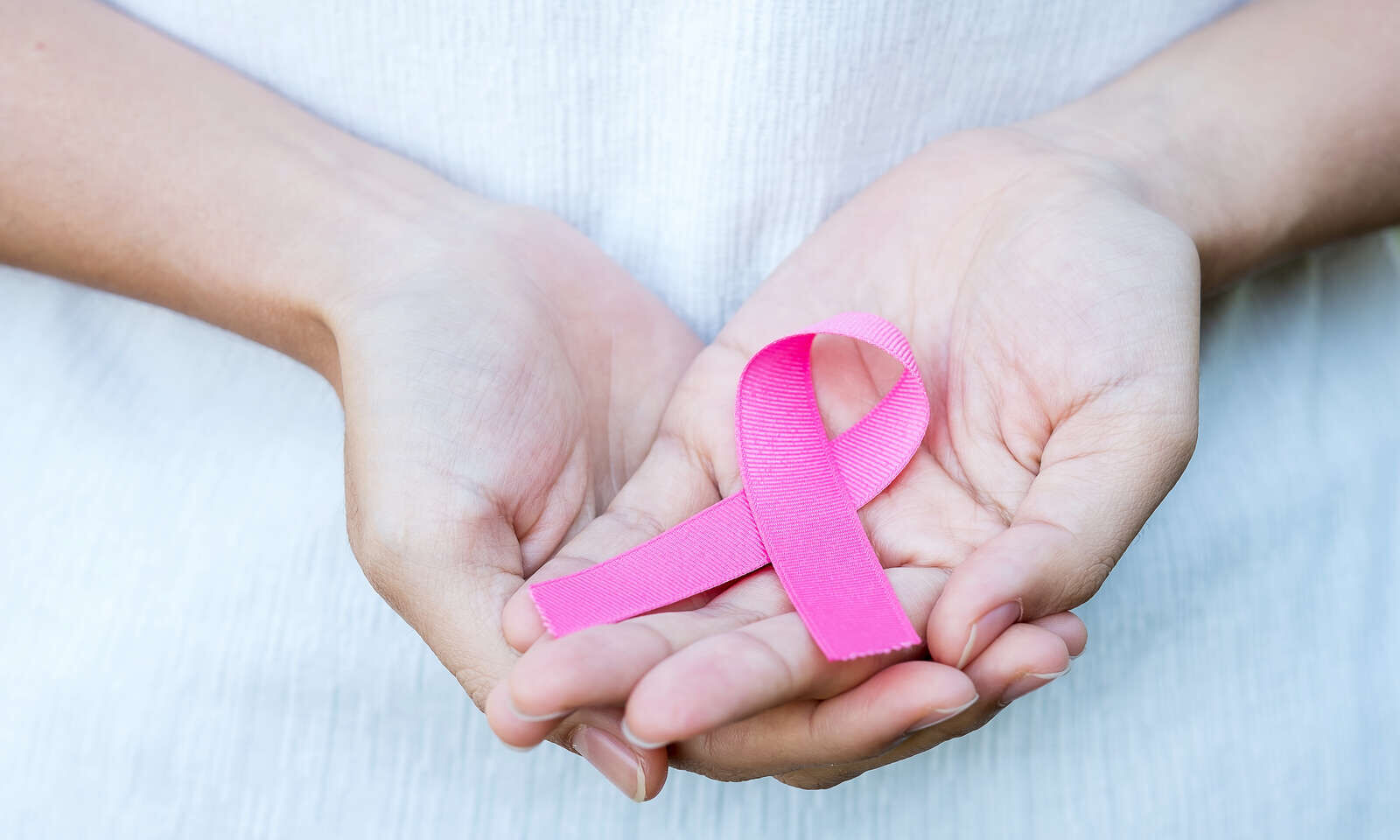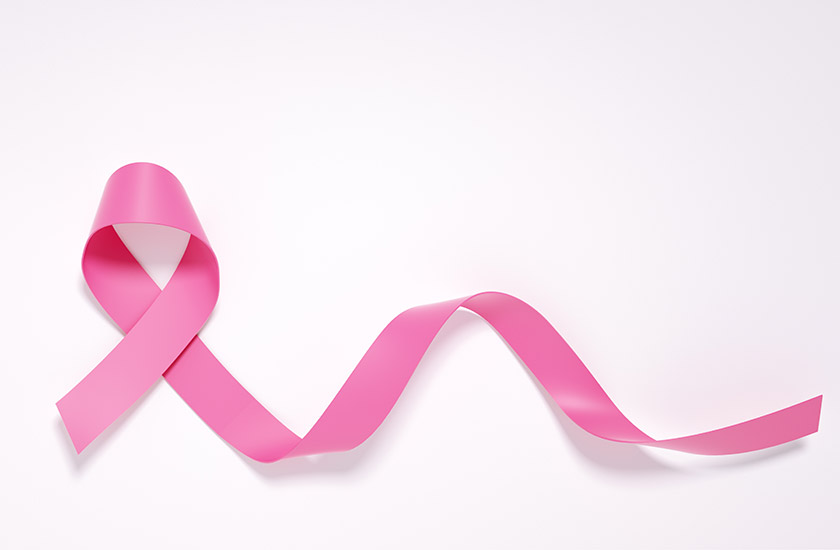Self Exam Of Breast Cancer is a very effective self-examination book for women in their 40s, 50s, 60s, and 70s. It will teach you how to examine yourself, know if you have breast cancer, and get it treated early. Self-exam for breast cancer is very common these days; some people are too lazy to do a self-exam and never find the problem. It will benefit you if you want to do a self-exam for breast cancer. It would help if you did it twice a year. You can do it at home, which is not expensive, so keep doing it.

Breast cancer is the most common type of cancer among women worldwide and is the second leading cause of death due to cancer in the world. Breast cancer diagnosis rates have been steadily increasing over the past few decades.
If you have been diagnosed with breast cancer, it’s important to understand the various self-exams to help you catch any early signs of this disease.
Every year, nearly 1 million women are diagnosed with breast cancer. That means there are at least 1,000,000 women out there who are currently being treated for breast cancer.
Most people don’t even know what to look for when they examine their breasts. This makes breast self-examination a very important part of detecting early-stage breast cancer.
This blog will teach you the three most important methods of breast self-exam. These include how to examine your breasts in the shower, in the car, and while sleeping.
Prevention
Have you ever been curious about what your breasts look like? Well, now you can find out by self-examining your breasts using the Self Examination Of Breast Cancer app.
Plenty of apps on the market allow you to self-examine your breasts. But there’s nothing like having a professional take a look. This app is the best way to ensure you’re not missing anything in your routine self-examination.
If you’ve had a lump in your breast or are wondering about any changes, you should self-examine your breast.
But don’t wait until you get a lump. Use the Self Examination Of Breast Cancer app to perform a self-examination regularly.
Did you know that there are over 2 million breast cancer patients worldwide? Breast cancer is the most common form of cancer among women. That means it’s also the most common form of cancer among women.
Today, we’ll look at the self-exam of breast cancer and how to diagnose and treat your breast cancer.
There’s no reason to wait for a doctor’s appointment when you can examine your breasts yourself and take action before things get worse.
Disease
Self-exam of breast cancer is a new tool to detect breast cancer. If you are a woman, you might have to undergo this screening procedure once in your lifetime.
You can do breast self-exams to detect lumps and other problems that may not appear on mammograms. You can also perform a self-exam during a monthly exam by pressing and holding the nipple between your index finger and thumb for 30 seconds, then releasing.
If you notice a lump or have any concerns, see a doctor. If you’re having trouble finding a physician, ask your primary care provider to recommend one.

Diagnosis
My last post was a little bit of a downer. It’s hard to say how much the world has changed in the past few years.
But even with all the bad news, we’re also experiencing a lot of progress. This post will tell you about five awesome things happening now.
That’s right – the future is brighter than ever.
Many doctors recommend self-examining breast cancer to help detect lumps in the breast. But why is it important? Many doctors recommend it because early detection is key to saving lives. So why do women wait until their doctor recommends it?
There are many reasons women avoid performing self-examination of breast cancer. Here are some of them:
Some women are too shy to perform a self-examination of breast cancer.
Women may fear what the results will be if a lump is found.
Some women feel pain when performing a self-examination of breast cancer.
Some women aren’t sure how to properly conduct a self-examination of breast cancer.
Symptoms
For many women, self-exams are a regular part of their monthly routine. It may seem like a hassle, but it’s worth the effort.
There are several different ways to perform a breast self-exam. One way is to feel for lumps, bumps, or other changes in the skin. Another is to feel for tenderness in the breasts.
One thing to note is that pregnant, nursing, or menstruating women may not be able to perform a self-exam correctly.
Treatment
Self-exam is an important step in breast cancer prevention and early detection. It is recommended that women aged 18 to 40 perform a self-exam on their breasts every month.
Self-exam is the best way to check for breast cancer because it’s easy, safe, and inexpensive. Breast self-exams can help prevent cancer by detecting small changes in the breast’s size, shape, or texture. When you discover a difference, you should see your doctor immediately.

Tests & Procedures
I recommend performing a breast self-exam every month, but you can do it more or less frequently depending on how often your doctor tells you to check.
It’s important to understand the different parts of your breasts and how to feel them for lumps and bumps.
Frequently Asked Questions (FAQs)
Q: Why did you decide to do a self-breast exam?
A: I decided to do this because in my job as a model, I am always traveling, so I wanted to know if my breasts were healthy and clear. I want to have healthy breasts, so I wanted to see if I could do anything to prevent breast cancer. I decided to go in-depth and do a full self-exam because I knew there were not a lot of resources on how to do this.
Q: What should women know when doing a self-breast exam?
A: First, you must learn how to do a self-breast exam. It would help to find an area that feels good for you and can easily reach you. This can be anywhere on the body that you think is large enough and where you can get it. You can use a mirror, flashlight, and hand to feel the breast tissue.
Q: Can breast cancer recur if you are treated with lumpectomy and radiation?
A: Yes, it can recur. Many factors could cause recurrence. Your risk for recurrence is higher if the cancer is large or if there is lymph node involvement. You should check back with your doctor regularly.
Q: What is the difference between a lumpectomy and a mastectomy?
A: A lumpectomy is when part of a breast tumor is removed by surgery. A mastectomy is when the entire breast is removed.
Q: How long does it take to recover from a mastectomy?
A: It depends on how extensive the surgery is, but most women can start recovering in a few days.
Q: Tell me about the Self-Exam For Breast Cancer awareness campaign.
A: It’s a national program sponsored by the American Cancer Society in which women between 20 and 74 are encouraged to perform monthly self-breast examinations.
Q: How long have you been performing breast self-exams?
A: Since I was 13.
Q: What are some things women should know about breast cancer?
A: The most important thing is to check your breasts regularly. Look for any changes in your breast shape or color.
Q: What is the self-exam procedure?
A: You look at the breasts from all angles and feel for any lumps or other changes. If you notice anything, you call your doctor.
Q: Who performs the self-exams?
A: There are three types of breast exam providers: nurse practitioners, physicians, and certified nurse midwives.
Myths About Breast Cancer
1. Breast cancer is rare.
2. Breast cancer only occurs in older adults.
3. Breast cancer only occurs in women.
Conclusion
Women must understand their risk of breast cancer. Learning risk,; can reduce the chance of developing breast cancer.
In conclusion, the only way to know if you’re ready is to perform the self-exam. So, if you have any breast concerns, schedule an appointment with your doctor.
And while you’re at it, ask them to show you how to do a breast self-exam yourself.
